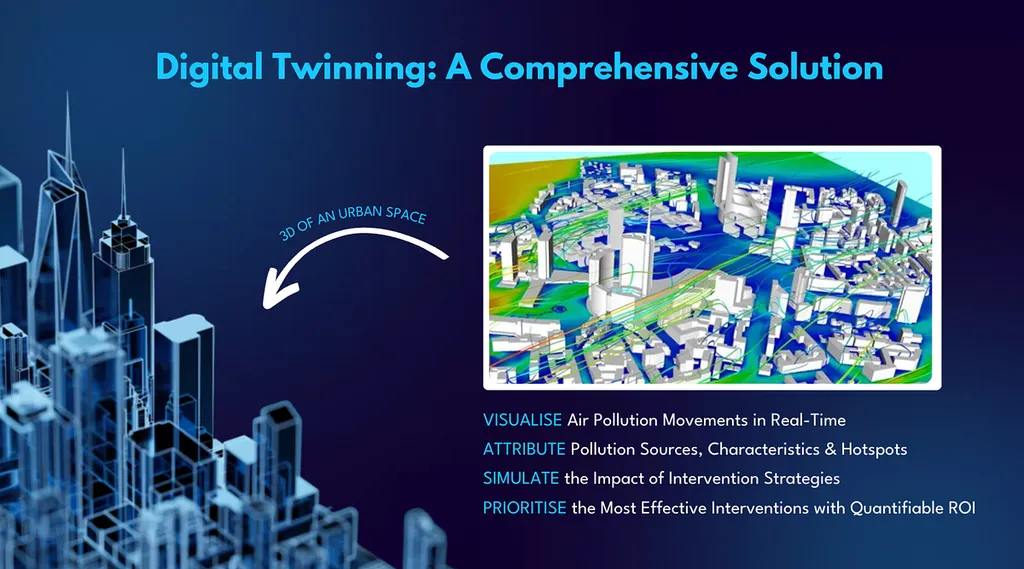In the heart of Anglia Ruskin University, a groundbreaking review is reshaping how we envision sustainable urban futures. Dr. Lakshmi Babu Saheer, a visionary from the Faculty of Science and Engineering, has meticulously dissected 100 peer-reviewed studies and 17 real-world applications, all centered around a revolutionary concept: digital twins for urban air quality management. This isn’t just academic exercise; it’s a blueprint for transforming cities into green, climate-resilient powerhouses.
Imagine a virtual city, a digital twin, mirroring every street, building, and traffic flow in real-time. This isn’t science fiction; it’s the reality that Dr. Saheer’s research is bringing to light. “Digital twins are not just about creating a virtual replica,” Saheer explains. “They’re about empowering cities to simulate, evaluate, and optimize climate mitigation strategies before implementation.” This is where the energy sector can take a front seat. By integrating digital twins, energy companies can optimize building energy management, reduce emissions, and ultimately, drive down costs.
The review, published in the esteemed journal *Discover Environment* (translated to English as *Explore Environment*), highlights the pivotal role of digital twins in air quality management. These virtual environments enable real-time monitoring, pollution source attribution, and proactive policy simulation. For the energy sector, this means a new level of precision in managing energy-related emissions. “We’re talking about a paradigm shift,” says Saheer. “Digital twins allow us to test scenarios, predict outcomes, and make data-driven decisions that were previously impossible.”
The commercial impacts are substantial. By leveraging high-resolution geospatial data and robust AI models, energy companies can identify inefficiencies, optimize resource allocation, and ultimately, enhance their bottom line while contributing to a greener planet. The review underscores the importance of interoperable platforms, a factor that could spur innovation and collaboration across the energy sector.
But the implications extend beyond the energy sector. Urban planners, policymakers, and transportation authorities can all benefit from this technology. The review identifies core technical requirements for developing effective city-scale digital twins, paving the way for smarter, more sustainable urban development.
Dr. Saheer’s work is not just about understanding the current landscape; it’s about shaping the future. By synthesizing insights from both research and practice, this study highlights the pivotal role of digital twin technology in advancing urban sustainability. It’s a call to action for the energy sector to embrace this transformative tool and lead the charge towards a greener, more resilient urban future.
As cities around the world grapple with the challenges of climate change and air quality degradation, digital twins offer a beacon of hope. They are the bridge between data and action, between simulation and reality. And with Dr. Saheer’s groundbreaking research, we’re one step closer to unlocking their full potential. The future of sustainable cities is here, and it’s digital.

